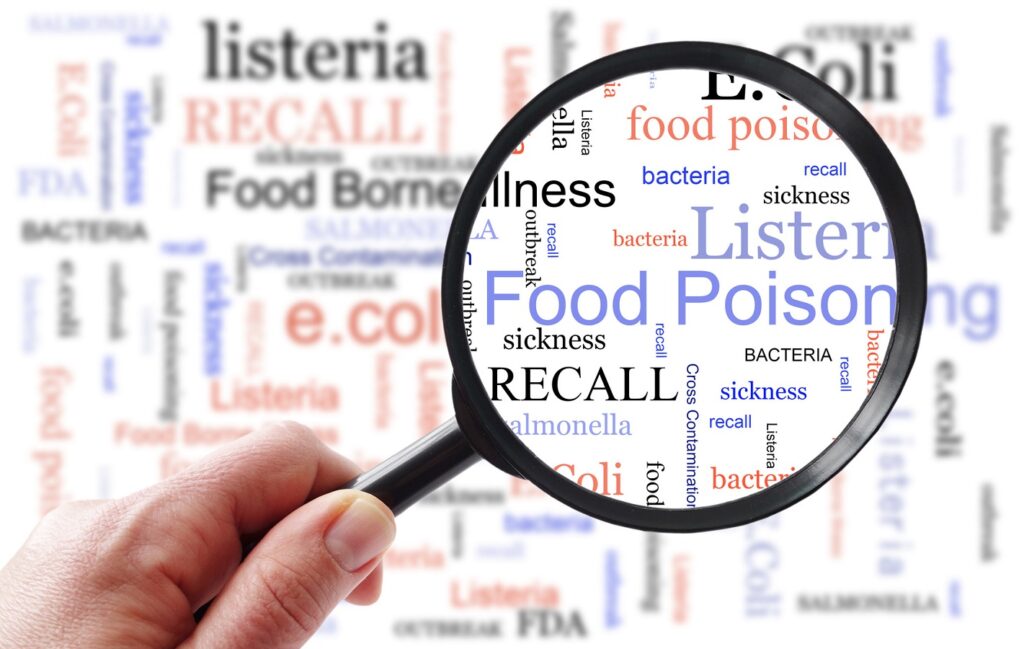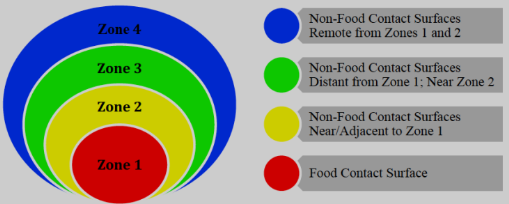The CDC published (Chen JC, Patel K, Smith PA, et al. Reoccurring Escherichia coli O157:H7 Strain Linked to Leafy Greens–Associated Outbreaks, 2016–2019. Emerging Infectious Diseases. 2023;29(9):1895-1899. doi:10.3201/eid2909.230069.) In late 2015, a new strain of E. coli O157:H7 linked to outbreaks in leafy greens emerged. The strain is reoccurring, emerging, or persistent, causing illnesses over an extended period. A specific strain of E. coli O157:H7 associated with leafy greens has been the source of ongoing enteric illness since late 2016. This strain is estimated to have emerged in late 2015 and consists of 2 clades with different geographic distributions, 1 of which has notable genomic features. An additional outbreak associated with this strain was detected in late 2020, in which a reported 40 infections occurred in 19 states; 20 persons were hospitalized, and 4 developed hemolytic uremic syndrome. In foodborne illness, it was estimated that in 2020, 58.1% of E. coli O157:H7 illnesses were attributed to vegetable row crops, including leafy greens. During 2009–2018, a total of 32 confirmed or suspected outbreaks of E. coli O157:H7 infections linked to contaminated leafy greens occurred in the United States and Canada.@ https://wwwnc.cdc.gov/eid/article/29/9/23-0069_article#:~:text=This%20strain%20is%20a%20reoccurring,States%20each%20year%20(1)




